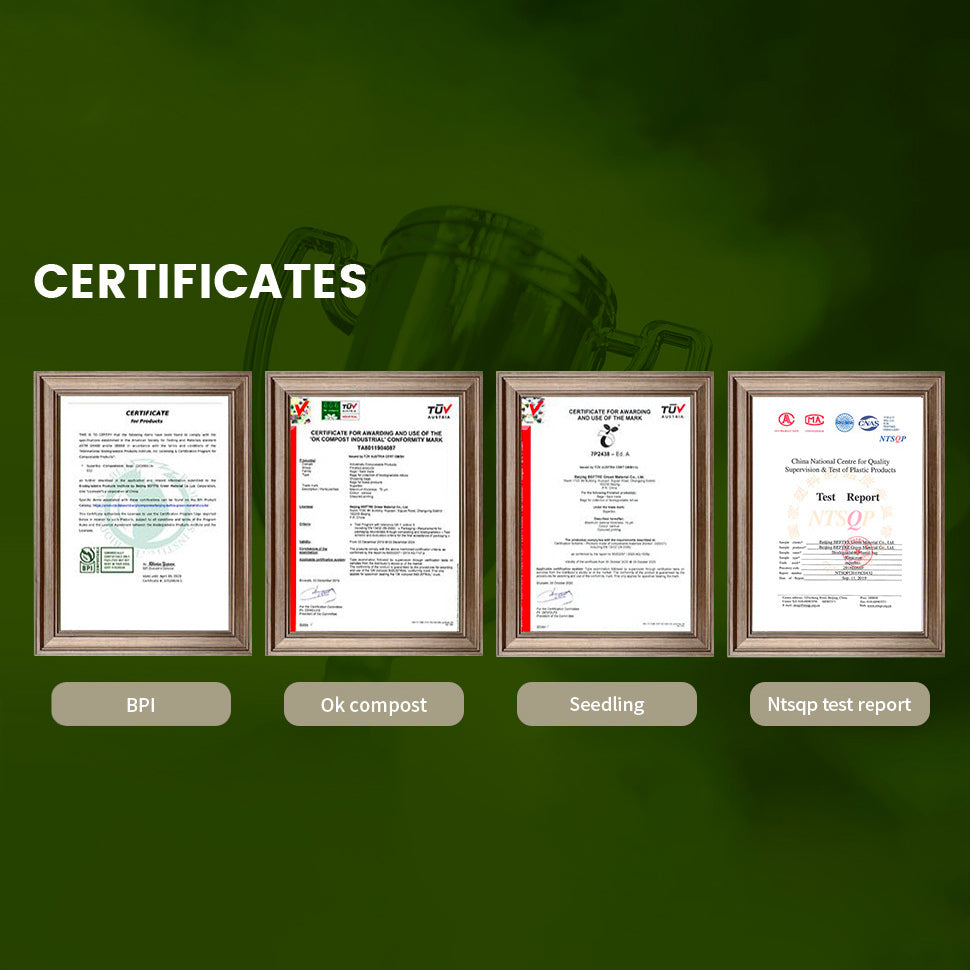Scientists Watch Underwater Volcano Erupt and Bury a Thriving Marine World
Thousands of meters beneath the surface of the Pacific Ocean, a scientific expedition made history by directly witnessing a volcanic eruption along a mid-ocean ridge for the first time. The event unfolded at the Tica hydrothermal vent, a site along the East Pacific Rise long known for its dynamic geology and vibrant ecosystems.
During a routine dive in the research submersible Alvin, researchers discovered that a once-thriving patch of seafloor had been transformed. The landscape, which just a day earlier teemed with tube worms, mussels, and ghostly fish, was now buried in black basalt and ash. Flashes of orange lava flickered briefly before solidifying in the near-freezing water, according to observations shared by the Woods Hole Oceanographic Institution.

Photo: Wikimedia Commons / NOAA, License: Public Domain
Scientists observed a live volcanic eruption on the ocean floor for the first time.
From Living Reef to Lava Field
The research team had initially traveled to the site aboard the *Atlantis* to study how dissolved organic carbon moves through deep-sea environments. Their mission took a dramatic turn when they found Tica nearly unrecognizable. The water temperature was slightly elevated, the water cloudy with particles, and the terrain had changed into a hardened lava field. Only a single cluster of dead tubeworms remained.
The shift had occurred within hours. Just one day earlier, the same team had documented a bustling undersea oasis, filled with animals adapted to the superheated, mineral-rich plumes emitted by the hydrothermal vent. As reported by The New York Times, the crew onboard *Alvin* quickly realized they had arrived in the immediate aftermath of a powerful eruption — one still active as they watched.

Photo: Wikimedia Commons / National Science Foundation, License: Public Domain
The eruption occurred along the East Pacific Rise, a mid-ocean ridge.
A Long-Anticipated Event Comes to Life
This wasn't a random surprise. For years, scientists had tracked signs pointing toward an eruption at this very site. Instruments placed around Tica had recorded subtle changes in fluid chemistry and rising temperatures every ten minutes. According to Watchers News, these trends had led experts to predict that an eruption was imminent.
That forecast proved accurate. Sensitive hydrophones aboard the *Atlantis* picked up deep rumbles and crackling sounds just hours before the dive confirmed what had occurred. As the sub approached the vent, the orange glow of molten rock visible in the seafloor cracks removed any doubt.
The eruption, detailed by USMail24, unfolded at a site about 1,300 miles west of Costa Rica, more than 8,000 feet below the ocean's surface. Scientists and students from institutions including the University of Delaware and Rensselaer Polytechnic Institute were on board to collect data. Safety concerns forced the team to cut the dive short, but they were able to deploy sensors afterward to gather thermal and chemical measurements.
The Most Volcanic Place on Earth
The mid-ocean ridge where this event occurred is no small feature. Stretching roughly 40,000 miles around the globe, it’s the largest volcanic system on Earth. Roughly 80 percent of the planet’s volcanic activity takes place beneath the ocean, mostly along this ridge, where tectonic plates spread apart and allow magma to form new crust. Until now, though, no one had ever caught a mid-ocean ridge eruption in real time, Smithsonian Magazine confirms.
This event offers an unmatched opportunity for researchers to study how new seafloor is created — and how that process impacts ocean chemistry, microbial life, and the deep-sea food chain.

Photo: Wikimedia Commons, License: Public Domain
The event buried a hydrothermal ecosystem under fresh lava flows.
Death, Then Rebirth
The eruption at Tica wasn’t the first in the area. Since its discovery in 1991, the vent has experienced at least three known eruptions. What sets this one apart is the precision of the observation. As The New York Times reports, scientists were able to document the transition from life to lava in a matter of hours — providing a rare time-stamped view of seafloor transformation.
This kind of destruction is not the end of the story. Previous eruptions in similar regions have shown how resilient these deep-sea ecosystems can be. Microbial mats often appear within weeks, kickstarting a chain of biological succession that eventually brings back crabs, mussels, and other marine life.
Researchers are eager to track how this recovery unfolds. As University of Washington’s College of the Environment notes, understanding how hydrothermal vents recover from eruptions can help scientists better grasp how life thrives in one of Earth’s harshest environments.
What Happens Next
Now that the eruption has been confirmed, scientists are reviewing the data and planning future expeditions. High-resolution seafloor maps taken over the past seven years will help determine the volume of lava and the precise area affected. Chemists will analyze how the vent’s fluid chemistry has changed. Biologists will begin watching for the first signs of returning life.
Though it cost the ecosystem dearly in the short term, this eruption offers a powerful lens into how Earth reshapes itself and how life adapts. The ability to observe such an event in real time represents a milestone in ocean science — one that may transform what we know about the deep sea for years to come.





























































































































































































































































































































































